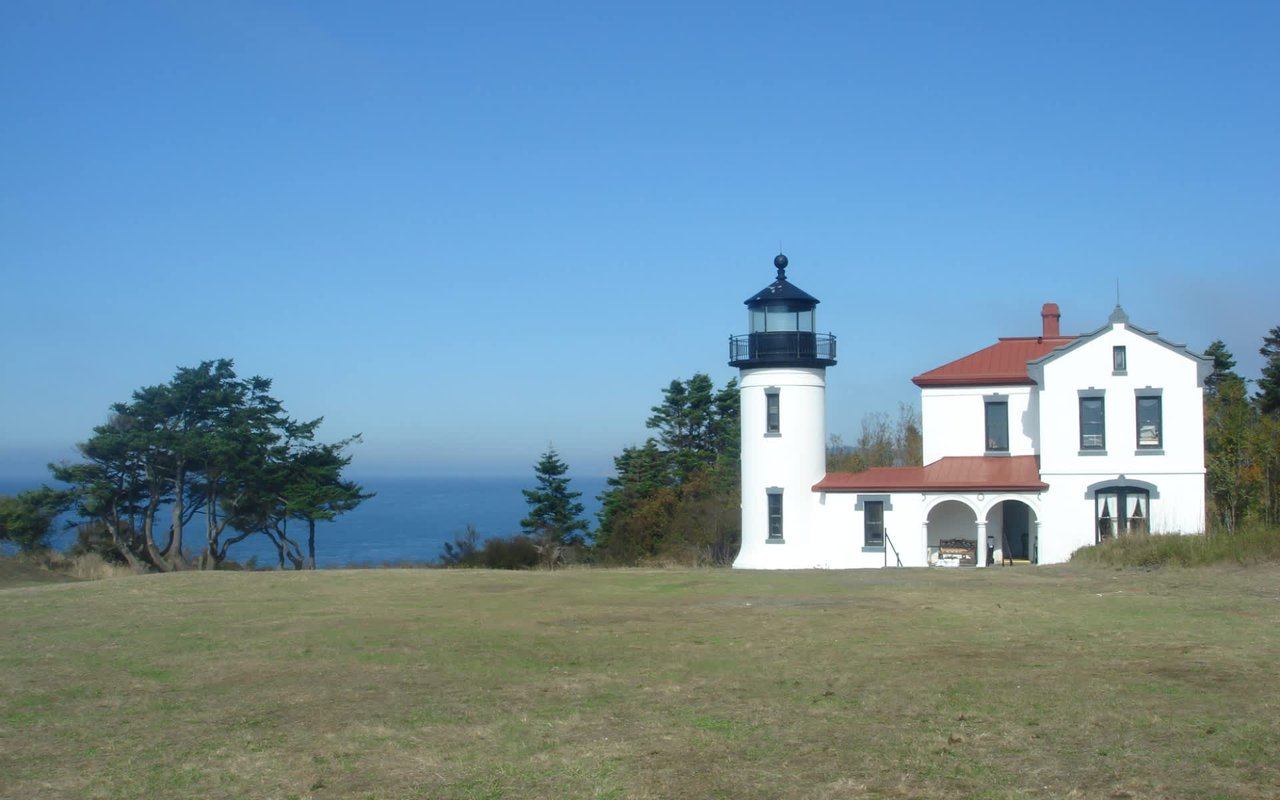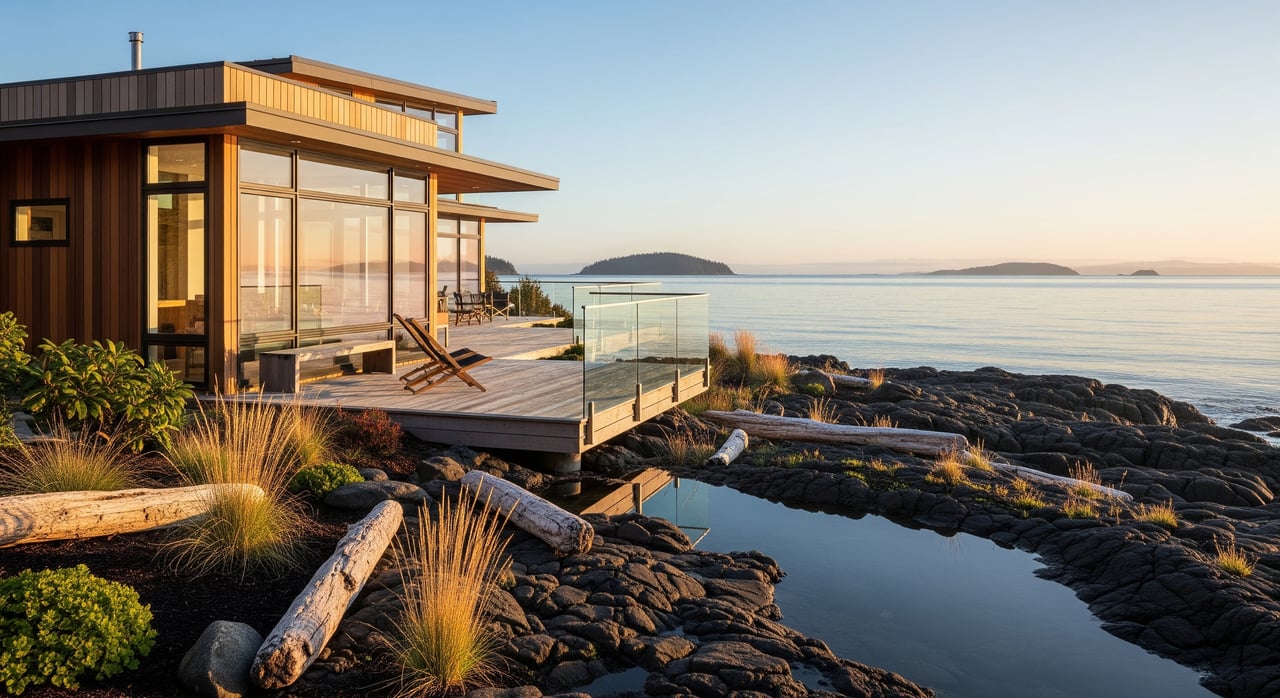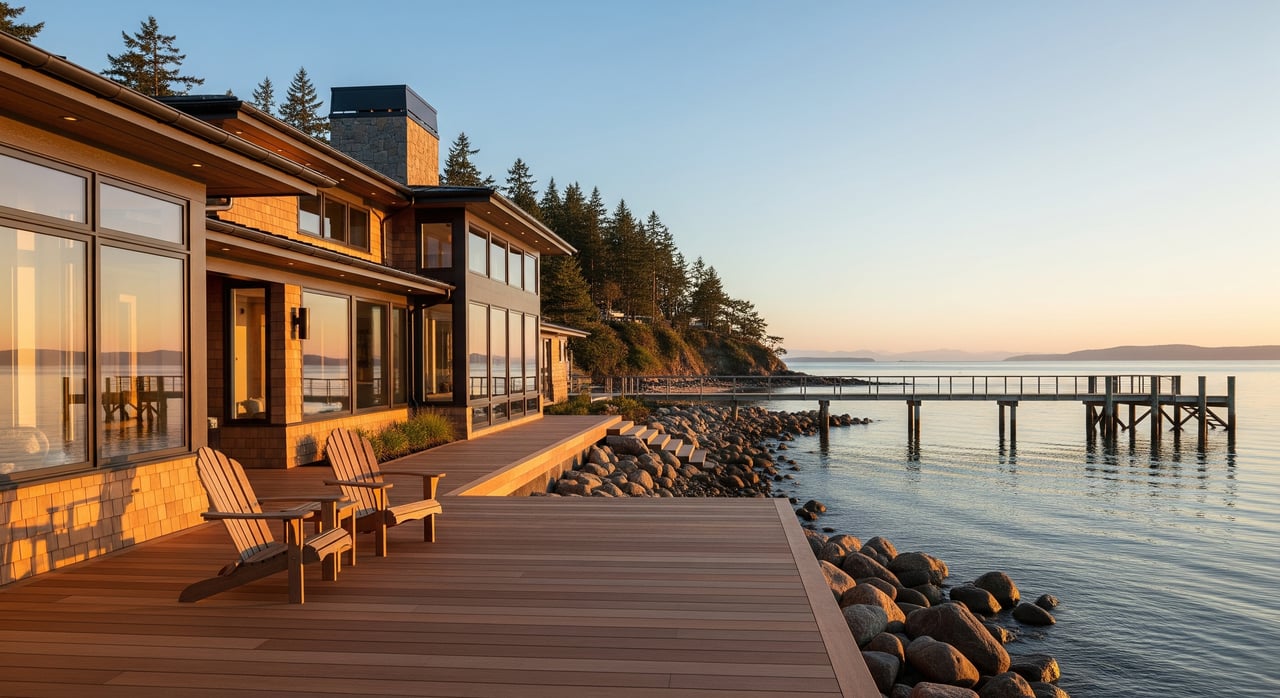Whidbey Island is a haven for nature lovers and a treasure trove of architectural marvels. This serene island, known for its lush landscapes and tranquil waters, is equally celebrated for its distinctive Whidbey Island architecture. From historic homes to contemporary masterpieces, the island offers a diverse architectural journey that reflects its rich history and modern aspirations.
Ebey's Landing National Historical Reserve
One of Whidbey Island's most significant architectural landmarks is the Ebey's Landing National Historical Reserve. Established in 1978, this reserve protects the rural landscape of the island, preserving the area's cultural and historical essence. The architecture within the reserve showcases a variety of styles, from early settler homesteads to Victorian-era homes.
Visitors to Ebey's Landing can explore the Jacob and Sarah Ebey House and Blockhouse, one of the oldest structures on the island, built in the mid-1800s. The simplicity and functionality of these buildings highlight the practical needs of early settlers while offering a glimpse into the past.
Visitors to Ebey's Landing can explore the Jacob and Sarah Ebey House and Blockhouse, one of the oldest structures on the island, built in the mid-1800s. The simplicity and functionality of these buildings highlight the practical needs of early settlers while offering a glimpse into the past.
Admiralty Head Lighthouse
Standing as a beacon of maritime history, the Admiralty Head Lighthouse is another architectural gem on Whidbey Island. Originally built in 1861 and later reconstructed in 1903, this lighthouse is a stunning example of Italianate architecture. The design features a distinctive square tower and ornate details that contrast beautifully with its rugged surroundings.
The lighthouse, now part of Fort Casey State Park, serves as a museum where visitors can learn about its history and the role it played in guiding ships through the treacherous waters of Admiralty Inlet. The blend of historical significance and architectural beauty makes it a must-visit landmark.
The lighthouse, now part of Fort Casey State Park, serves as a museum where visitors can learn about its history and the role it played in guiding ships through the treacherous waters of Admiralty Inlet. The blend of historical significance and architectural beauty makes it a must-visit landmark.
Fort Casey
Fort Casey, located on the western coast of Whidbey Island, is a historic military fortification that dates back to the late 19th century. The fort is part of the Triangle of Fire, a trio of forts designed to protect Puget Sound from naval attacks. The architecture of Fort Casey includes concrete bunkers, gun emplacements, and barracks, all of which reflect the military engineering of the time.
The fort's most striking feature is its large disappearing guns, which were state-of-the-art technology when installed. Today, Fort Casey is a state park, offering visitors the chance to explore its preserved structures and enjoy panoramic views of the surrounding waters.
The fort's most striking feature is its large disappearing guns, which were state-of-the-art technology when installed. Today, Fort Casey is a state park, offering visitors the chance to explore its preserved structures and enjoy panoramic views of the surrounding waters.
Meerkerk Rhododendron Gardens
The Meerkerk Rhododendron Gardens, while primarily known for their stunning botanical displays, also feature notable architectural elements. The gardens were established in the 1960s by Ann and Max Meerkerk and include a charming cottage-style home that blends seamlessly with the lush landscape.
The architecture of the gardens' structures emphasizes harmony with nature, utilizing natural materials and rustic designs that complement the vibrant flora. This site is a perfect example of how architecture can enhance and be enhanced by its natural surroundings.
The architecture of the gardens' structures emphasizes harmony with nature, utilizing natural materials and rustic designs that complement the vibrant flora. This site is a perfect example of how architecture can enhance and be enhanced by its natural surroundings.
The Langley Library
In the quaint town of Langley, the Langley Library stands as a testament to early 20th-century architecture. Built in 1923, the library is designed in the Craftsman style, characterized by its low-pitched roof, wide eaves, and exposed wooden beams. The building's cozy, inviting atmosphere makes it a cherished community hub.
The Langley Library is a place for literary exploration and a historical landmark that reflects the architectural trends of its time. Its preservation and continued use highlight the community's commitment to maintaining its architectural heritage.
The Langley Library is a place for literary exploration and a historical landmark that reflects the architectural trends of its time. Its preservation and continued use highlight the community's commitment to maintaining its architectural heritage.
Greenbank Farm
Greenbank Farm, located in the central part of Whidbey Island, is an example of adaptive reuse in architecture. Originally a dairy farm established in the early 1900s, Greenbank Farm has been transformed into a vibrant community space that includes shops, galleries, and a winery.
The farm's historic barns and outbuildings have been carefully preserved and repurposed, showcasing the island's agricultural heritage while providing modern amenities. The blend of old and new at Greenbank Farm illustrates the island's innovative approach to preserving its architectural legacy.
The farm's historic barns and outbuildings have been carefully preserved and repurposed, showcasing the island's agricultural heritage while providing modern amenities. The blend of old and new at Greenbank Farm illustrates the island's innovative approach to preserving its architectural legacy.
Contemporary Architectural Marvels
In addition to its historical landmarks, Whidbey Island is home to several contemporary architectural masterpieces. Modern homes on the island often feature sustainable design principles, large windows to capture breathtaking views, and sleek, minimalist aesthetics. These homes exemplify the evolving nature of Whidbey Island architecture, balancing tradition with innovation.
Architects such as Ross Chapin have contributed significantly to the island's architectural landscape with their designs that emphasize community-oriented living and environmental stewardship. The integration of modern architecture into the island's natural setting creates a harmonious blend that appeals to both residents and visitors.
Architects such as Ross Chapin have contributed significantly to the island's architectural landscape with their designs that emphasize community-oriented living and environmental stewardship. The integration of modern architecture into the island's natural setting creates a harmonious blend that appeals to both residents and visitors.
Conclusion
Whidbey Island's architectural landscape is a rich tapestry of history, culture, and modernity. From historic reserves and lighthouses to contemporary homes, the island offers a diverse array of structures that reflect its unique character and charm. Exploring these landmarks provides a deeper appreciation for Whidbey Island architecture and the stories it tells.
Discover Whidbey Island Architecture with Team Langley
To explore the architectural wonders of Whidbey Island and find your dream home, contact Team Langley today. Their expertise in the local real estate market and deep knowledge of the island's architectural heritage make them the perfect partners in your journey. Reach out to Team Langley to begin your adventure in discovering the unique charm of Whidbey Island architecture.





